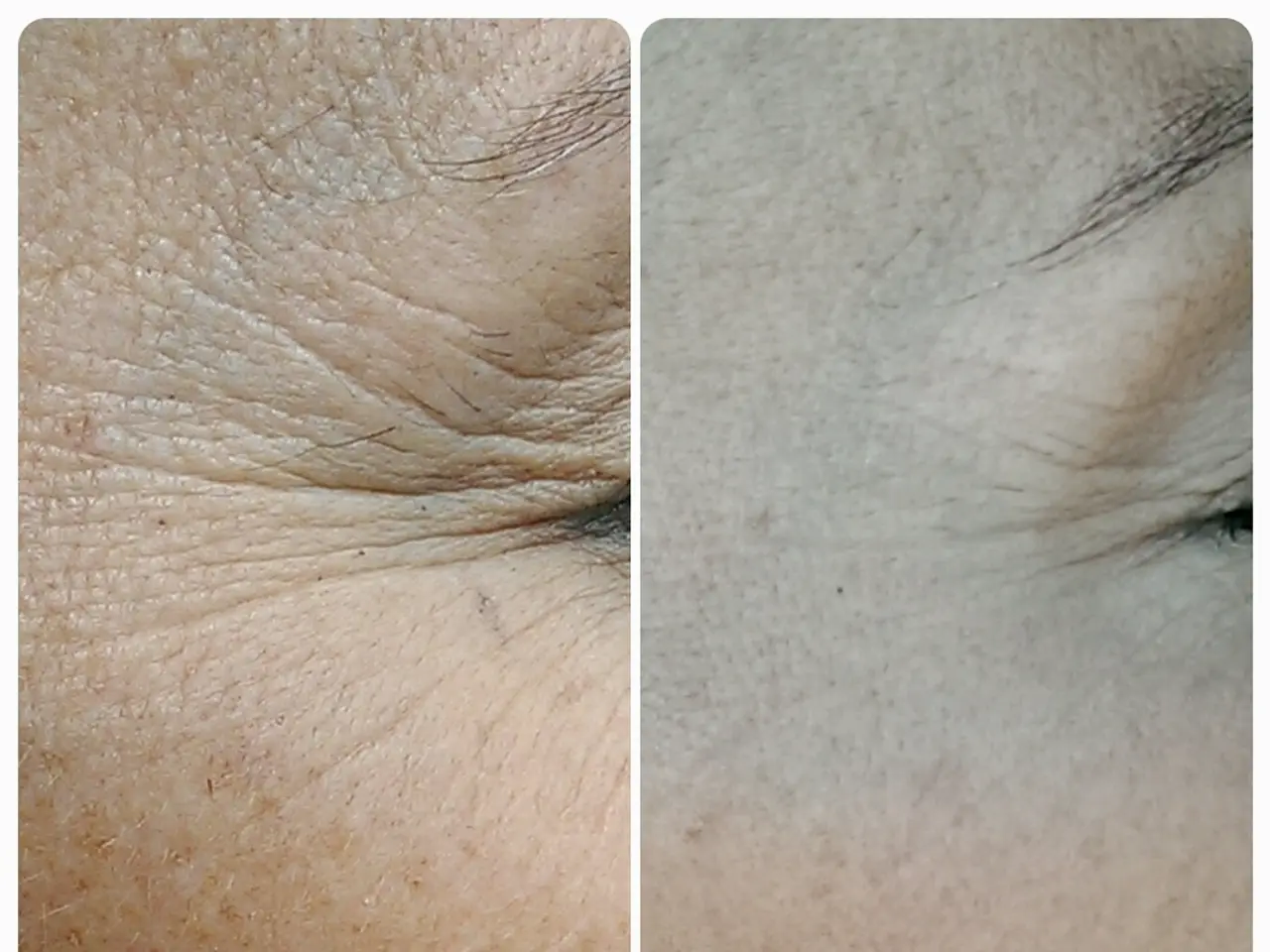Researchers Develop Intelligent Absorbent Material Recognizing When to Promote Healing and Combat Inflammation.
In a groundbreaking development, a new technology designed to heal chronic inflammation wounds is making waves in the medical world. Developed by biomedical engineer Börte Emiroglu and her co-founder Apoorv Singh, the Immunosponge technology promises faster healing and improved outcomes for those living with chronic wounds.
The technology is based on a sponge-like material composed of microscopic gel particles, known as microgels. These microgels are invisible to the naked eye and combine to form a soft, jelly-like structure when aggregated. The key to Emiroglu's approach lies in the porous, adaptable nature of these microgels, engineered to be compatible with different kinds of tissue.
The Immunosponge is equipped with ligands—surface molecules that selectively target and bind specific signalling molecules. This allows the sponge to distinguish between pro-inflammatory signals that impede healing and beneficial signals that promote it. The primary function of the Immunosponge is to capture and remove pro-inflammatory molecules from the wound site, helping guide the wound out of the inflammatory state into a healing phase.
By selectively removing harmful signals and allowing beneficial ones to remain, the Immunosponge aids in initiating regenerative processes that support tissue repair. Some of the microgels are loaded with VEGF-A, a molecule that promotes the growth of new blood vessels, further facilitating the healing process.
The dual function of the dressing, removing harmful signals while releasing helpful ones, makes it truly intelligent. This was further confirmed in lab tests, where Emiroglu and her colleagues showed that their granular hydrogel allows molecules to diffuse faster than in standard hydrogels, thanks to its highly porous architecture.
The operating principle of Emiroglu's sponge-like material was detailed in a recent paper published in Advanced Healthcare Materials. The technology is designed for early intervention, targeting the underlying molecular causes of chronic wounds, setting it apart from traditional wound dressings.
Emiroglu's work points to a shift in medicine: from passive materials to intelligent ones that communicate with the body, learn, and even heal. Today's treatments don't address the root cause of inflamed wounds—molecular confusion in the wound environment. The Immunosponge technology offers a precise and targeted approach to managing chronic inflammation in wounds.
Hundreds of millions of people worldwide live with chronic inflammation, a condition where the body's immune system never fully switches off. In chronic wounds, the immune system remains constantly active, preventing the wound from healing. Emiroglu's start-up, Immunosponge, aims to transform chronic wound care from reactive bandaging to active regeneration.
Inflamed wounds are expensive to treat, costing healthcare systems billions of dollars annually. Börte Emiroglu, a biomedical engineer turned start-up founder, has developed a way to change this by guiding a wound out of the inflammatory state and aiding tissue regeneration. The start-up has launched through ETH's Pioneer Fellowship program, marking a significant step forward in the fight against chronic inflammation wounds.
The microgels can remove IL-6 molecules from wound fluid, preventing further damage. By selectively sequestering these harmful molecules, the Immunosponge offers hope for those living with chronic wounds. Emiroglu and her co-founder Apoorv Singh have a clear mission to create something with long-term value, not rushing to put the product out as quickly as possible.
This innovative technology is set to revolutionise the field of wound care, offering a more targeted and effective approach to healing chronic inflammation wounds. Emiroglu's passion for cooking and seeing the joy on her guests' faces mirrors her hope for the impact of her work—to bring healing and joy to those living with chronic wounds.
- This new technology, Immunosponge, through biomedical engineer Bořte Emiroglu and co-founder Apoorv Singh, aims to revolutionize the medical world by healing chronic inflammation wounds faster with improved outcomes.
- The technology is based on microscopic gel particles called microgels, forming a soft, jelly-like structure that adapts to different tissue types.
- The Immunosponge is equipped with ligands, allowing it to distinguish between pro-inflammatory signals hindering healing and beneficial signals promoting it, thereby capturing and removing harmful signals from the wound site.
- By selectively removing harmful signals and allowing beneficial ones to remain, the Immunosponge facilitates regenerative processes supporting tissue repair and the healing of chronic wounds.
- The dressing's dual function makes it truly intelligent, outperforming standard hydrogels due to its highly porous architecture allowing molecules to diffuse faster.
- Emiroglu's work signifies a shift in medicine, transitioning from passive materials to intelligent ones that communicate with the body, learn, and even heal.
- This technology targets the underlying molecular causes of chronic wounds, setting it apart from traditional wound dressings, and offers a precise and targeted approach to managing chronic inflammation in wounds.
- Immune system-related chronic wounds, affecting hundreds of millions globally, are expensive to treat but Emiroglu's Immunosponge technology aims to transform chronic wound care into active regeneration, reducing healthcare costs and offering hope for those living with chronic wounds.








